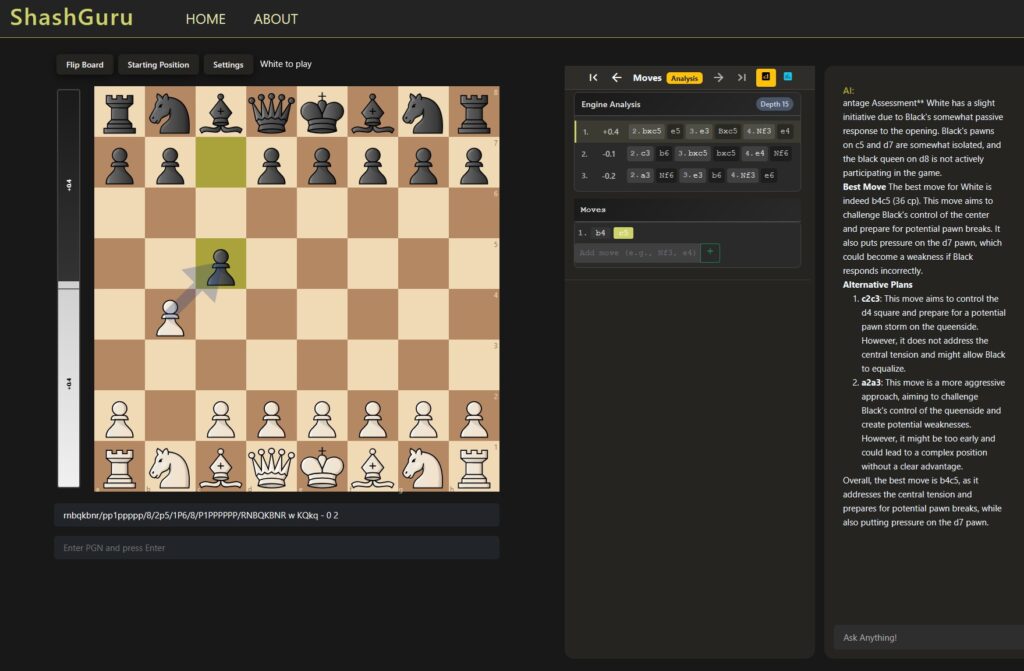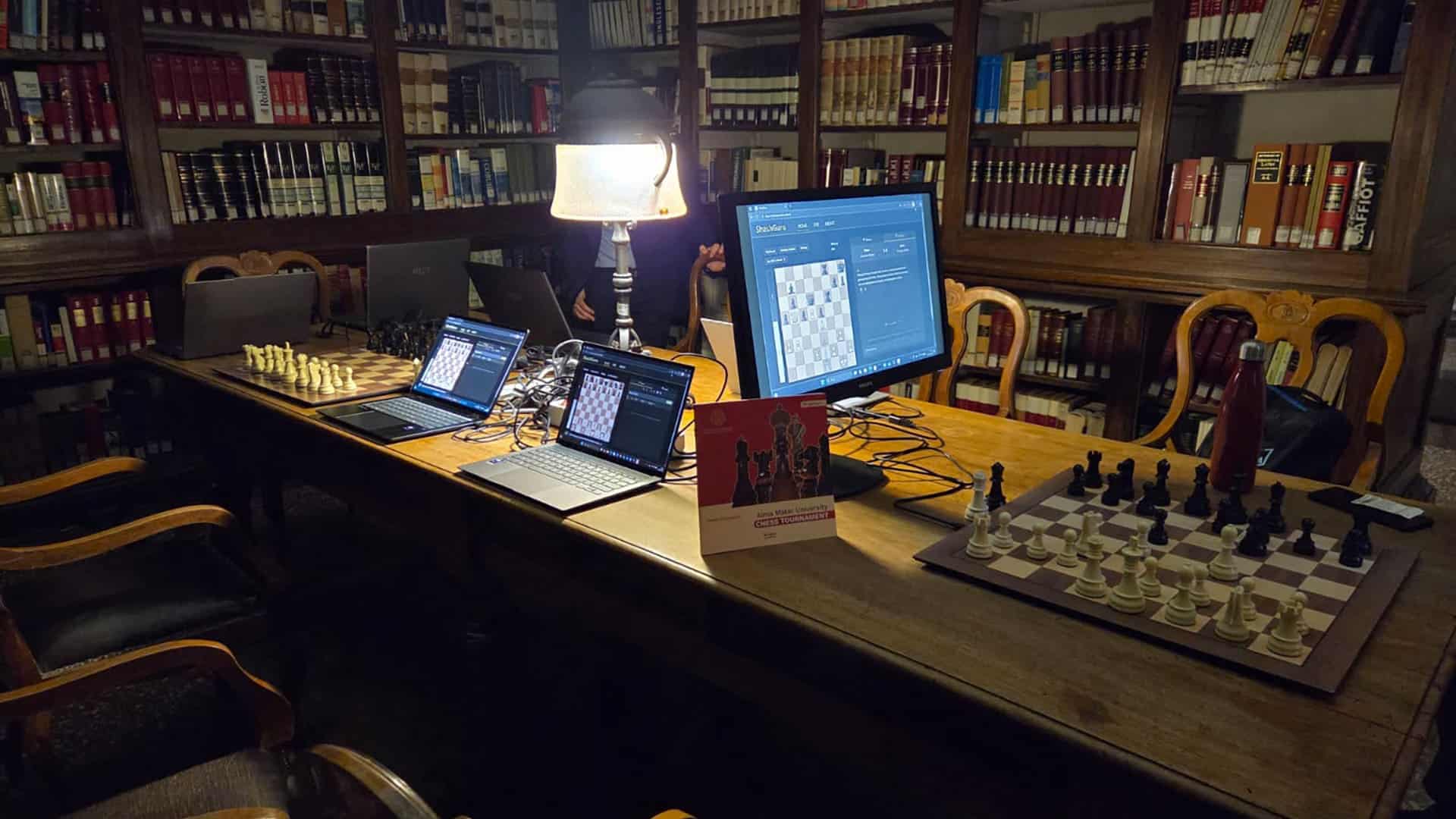Chess, long regarded as the battlefield of human intelligence for centuries, is experiencing a new leap forward thanks to AI agentic powered by Intel processors. At the Alma Mater University Chess Tournament held in Bologna, the AI Analysis Room was inaugurated—an environment where players and spectators can reflect on each game with the help of ShashGuru, an open system that combines the strategic reasoning of classic engines with the natural conversation capabilities of language models.
A new way to learn from chess
The famous quote attributed to Emanuel Lasker —“When you see a good move, look for a better one”— summarizes the project’s spirit. After each game, teams from the 18 participating universities accessed the analysis room for feedback from ShashGuru.
The goal: facilitate post-game learning, optimize strategies for upcoming encounters, and provide spectators with an understandable view of key moves. Attendees could even chat with the AI to interpret complex moves, which reduces barriers to high-level analysis and brings elite chess closer to a broader audience.
ShashGuru: analysis engine with a voice of its own

ShashGuru is the core of this experience. It is an open-source development created by computer science student Alessandro Libralesso, and rests on two pillars:
- ShashChess, a engine derived from Stockfish, considered one of the strongest worldwide.
- Llama 3.1-8B from Meta, a language model that provides the conversational layer to explain strategies in natural language.
“ShashGuru combines the dialogue capacity of a language model with the precise strategic analysis of ShashChess, supported by the speed of Intel’s architecture,” explained Paolo Ciancarini, professor at the Department of Computer Science at the University of Bologna.
Intel Core Ultra and Xeon: local and scalable power
The technical deployment also marks a milestone: the entire experience operates offline, leveraging the latest innovations in AI PCs.
- The tournament teams use laptops with Intel® Core™ Ultra 200V, integrating OpenVINO™ to run models locally and generate comprehensible analysis between matches.
- For the audience, analysis is served from servers with Intel® Xeon® 6 processors, optimized with P cores (performance cores) to deliver responses almost in real-time.
“Thanks to this approach, the search for Lasker’s best moves is now carried out with the support of AI on local PCs,” highlighted Alessandro Palla, senior deep learning engineer at Intel. “With reinforcement to minimize hallucinations and optimized performance, agentic AI becomes a real table companion capable of announcing checkmate.”
More than an experiment: a model for the future
The use of ShashGuru demonstrates how AI can be integrated into traditional disciplines to enrich the experience:
- Players: gain a personalized training resource, with explanations at the level of a human coach.
- Spectators: enjoy more pedagogical broadcasts, with moves analyzed in real-time.
- Open source community: has access to the code on GitHub, opening the door to improvements, variations, and applications in education and outreach.
Conclusion
The Bologna Chess Tournament showcased how agentic AI, combined with optimized computing by Intel, can redefine both professional practice and teaching and hobbyist engagement in chess. ShashGuru doesn’t replace the human player but becomes a digital coach, commentator, and strategic analyst, bringing high-level chess closer to any screen.
Frequently Asked Questions
What is ShashGuru?
It’s an open-source chess analysis tool that combines the ShashChess engine with the Llama 3.1-8B language model to offer strategic explanations in natural language.
How does it differ from other engines like Stockfish?
While Stockfish provides raw calculation power, ShashGuru adds the ability to dialogue and explain moves, making it more accessible to players and spectators alike.
What role does Intel play in this project?
Intel’s Core Ultra 200V and Xeon 6 processors enable local and scalable analysis, ensuring low latency and high performance without cloud dependence.
Can it be used outside of tournaments?
Yes. ShashGuru is available as an open project on GitHub, allowing students, enthusiasts, and coaches to incorporate it into their own practice sessions.
References: newsroom.intel.com, Alma Mater University Chess Tournament and ShashGuru on GitHub

